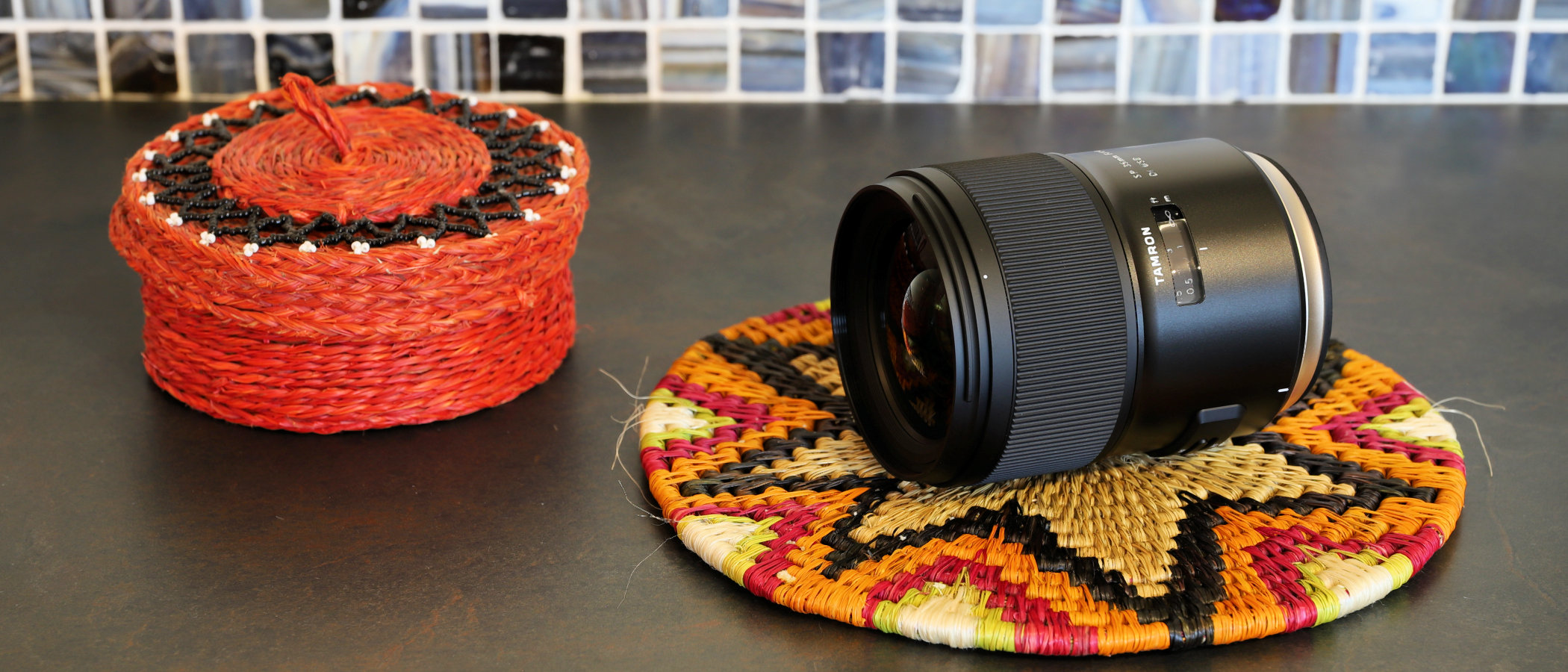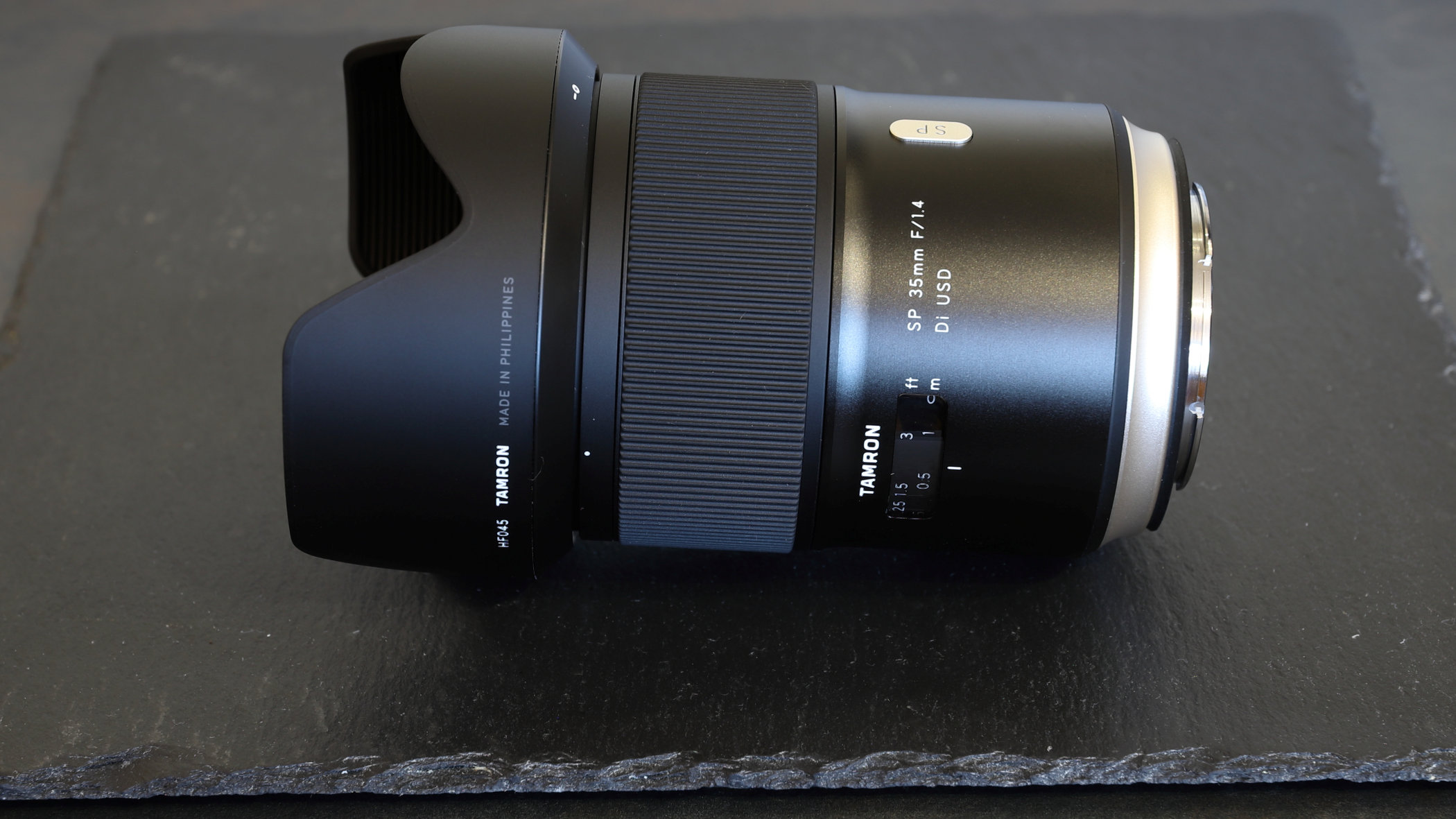Digital Camera World Verdict
Like middle-aged spread but in a good way, the new Tamron SP 35mm f/1.4 Di USD prime commemorates 40 years of Tamron SP (Super Performance) lenses, and is fittingly fatter and heavier than its predecessor. That’s because the aperture rating goes wider, from f/1.8 to f/1.4, and the new lens is designed from the ground up to deliver optimum image quality and performance, with no compromise. Does it succeed? Yes, absolutely.
Pros
- +
Fast f/1.4 aperture rating
- +
Superb build and image quality
- +
Rapid, highly accurate autofocus
Cons
- -
A bit hefty for a 35mm f/1.4 lens
- -
No optical stabilization
Why you can trust Digital Camera World
Compared with the large array of Sigma f/1.4 Art prime lenses in a wealth of focal lengths, as well as own-brand f/1.4 lenses from Canon and Nikon, Tamron has looked a step behind, or at least two-thirds of an f/stop. Instead, the company launched slower f/1.8 35mm, 45mm and 85mm primes which were typically smaller and lighter, with the useful addition of Tamron’s proprietary VC (Vibration Correction) optical stabilization. In contrast, the new Tamron SP 35mm f/1.4 Di USD lens goes large on aperture rating and all-round performance.
• Read more: Best camera, lens and accessories for wedding photography
Tamron SP 35mm f/1.4 Di USD: Specs
Mount: Nikon F or Canon EF
Lens construction: 14 elements in 10 groups
Angle of view: 63 degrees
Diaphragm blades: 9
Minimum aperture: f/16
Minimum focusing distance: 0.3m
Maximum magnification ratio: 0.2x
Filter size: 72mm
Dimensions: 81x105mm
Weight: 815g (C) 805g (N)
Tamron SP 35mm f/1.4 Di USD: Build and handling
Something a bit special, Tamron’s new 35mm f/1.4 for full-frame Canon and Nikon DSLRs has been designed as the ‘ultimate’ lens to commemorate the 40th anniversary of the ‘SP’ (Super Performance) line-up. As such, it has a robust pro-grade barrel and mount, complete with weather-seals, and feast of exotic glassware.
The optical path is based on 14 elements in 10 groups, and includes three moulded glass aspherical elements and four LC (Low Dispersion) elements. High-end coatings include nano-structure BBAR-G2 (Broad-Band Anti-Reflection Generation 2) for enhanced light transmission and reduced ghosting and flare, plus a newly developed fluorine-based coating for repelling grease and moisture, as well as to enable easier cleaning.
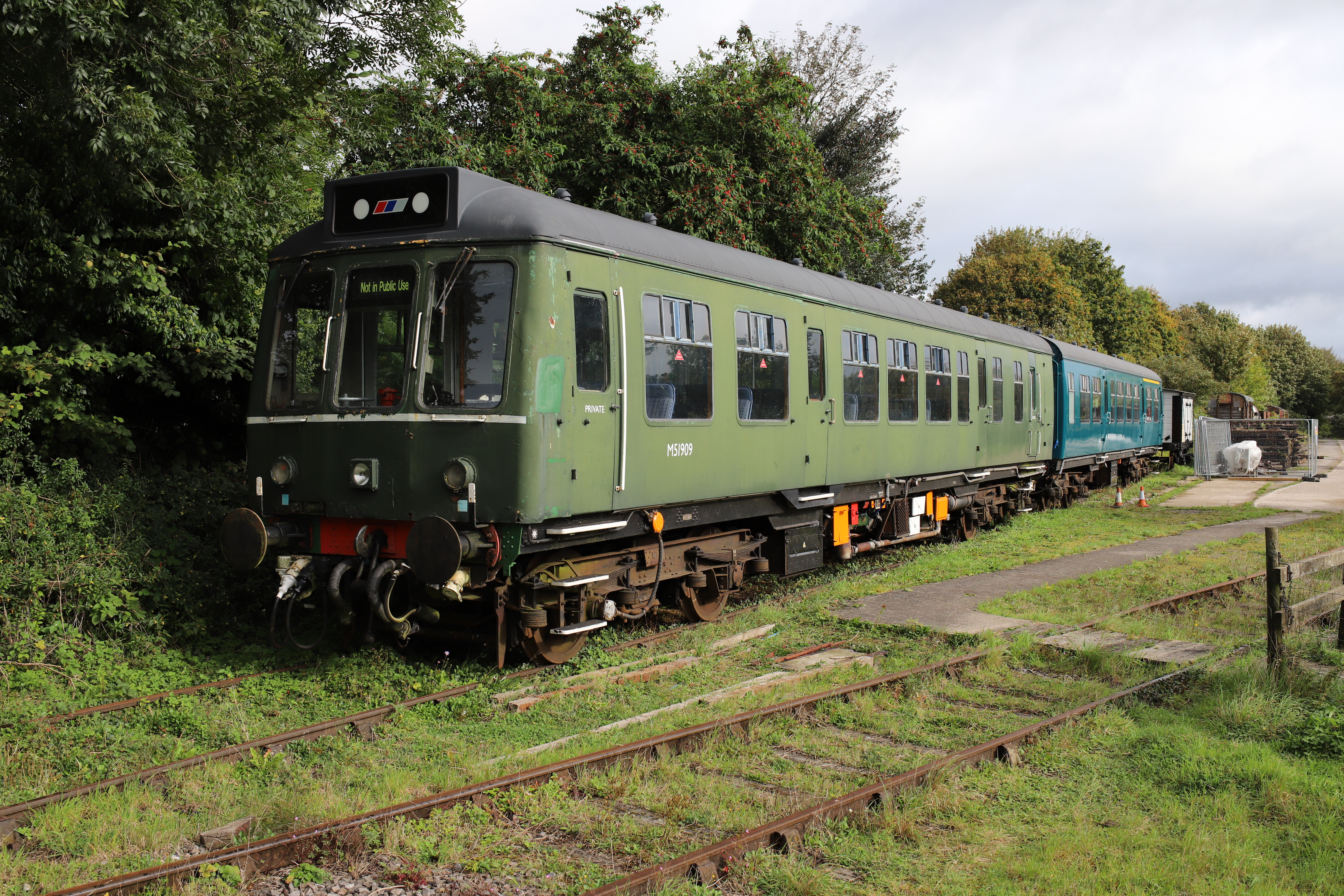
Unlike the stepping motor-based autofocus systems in many recent lenses, Tamron has stuck with a more conventional ring-type ultrasonic system. Advantages include a mechanical rather than electronically coupled focus ring, which is large, operates with smooth precision, and is available full-time for manual focusing or autofocus override. The autofocus system also incorporates a new DR (Dynamic Rolling-cam) mechanism designed specifically for the lens, which enables rapid focusing despite the relatively heavy, large-diameter elements required for the wider f/1.4 aperture rating.
Tamron SP 35mm f/1.4 Di USD: Performance
As promised, autofocus is very fast yet whisper-quiet. In our tests, it also proved to be highly accurate with excellent consistency. Sharpness and contrast are excellent, even wide-open at f/1.4, where corner-sharpness is particularly impressive, given the wide aperture rating. Vignetting is clearly noticeable but becomes much less apparent when stopping down a little to f/1.8.
The best camera deals, reviews, product advice, and unmissable photography news, direct to your inbox!
Lateral and longitudinal chromatic aberrations are both very well controlled, so color fringing isn’t an issue. Similarly, distortion is of a very low order and even architectural shots rarely need any correction. We wouldn’t usually pass comment on bokeh for a wide-angle 35mm lens but the close minimum focus distance and large aperture give you the option to isolate close foreground objects against a blurred background. Defocused areas look smooth and dreamy.
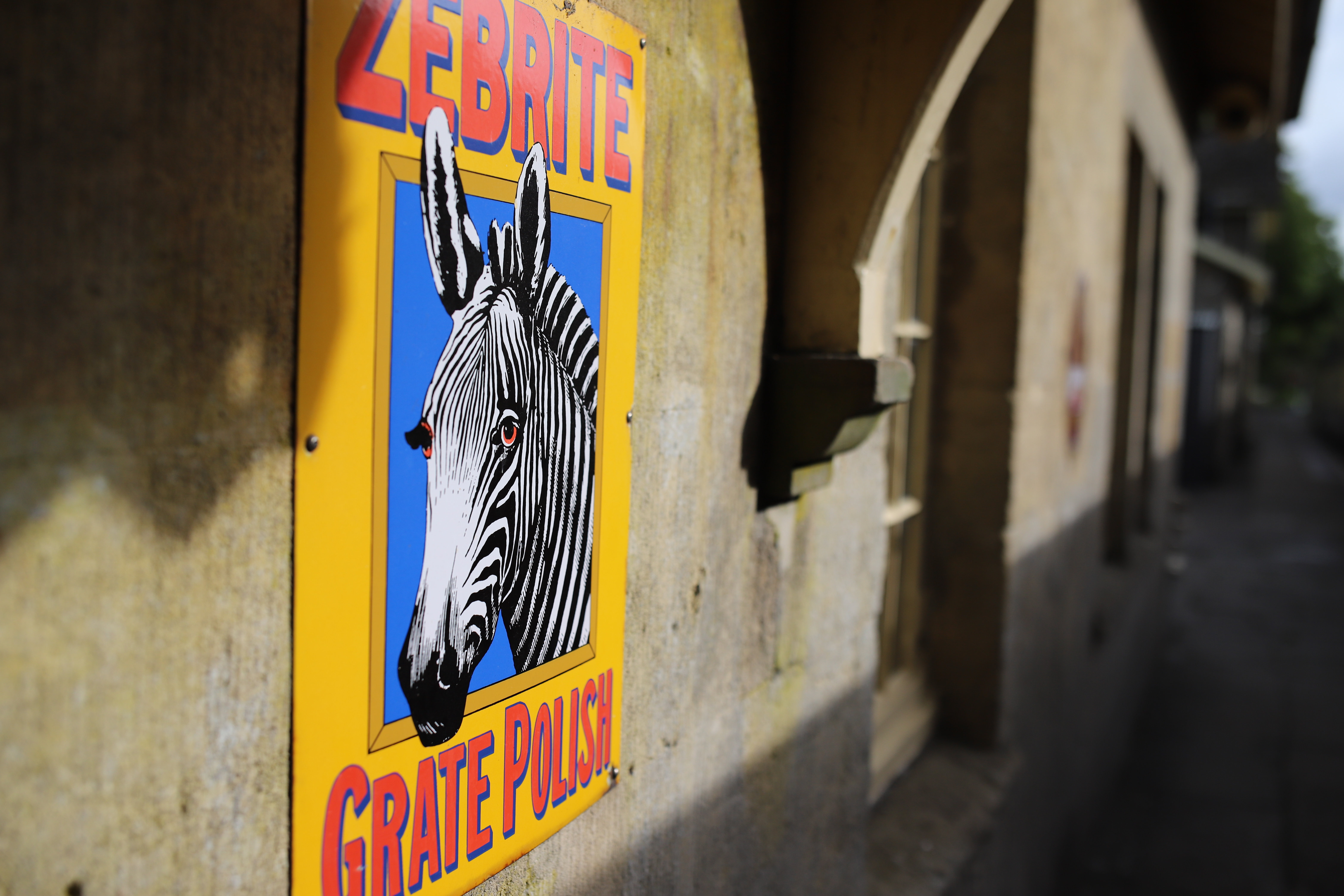
Tamron SP 35mm f/1.4 Di USD: Lab tests
Sharpness

Corner-sharpness is particularly good when shooting wide-open, for a 35mm lens with such a fast aperture rating.
Fringing
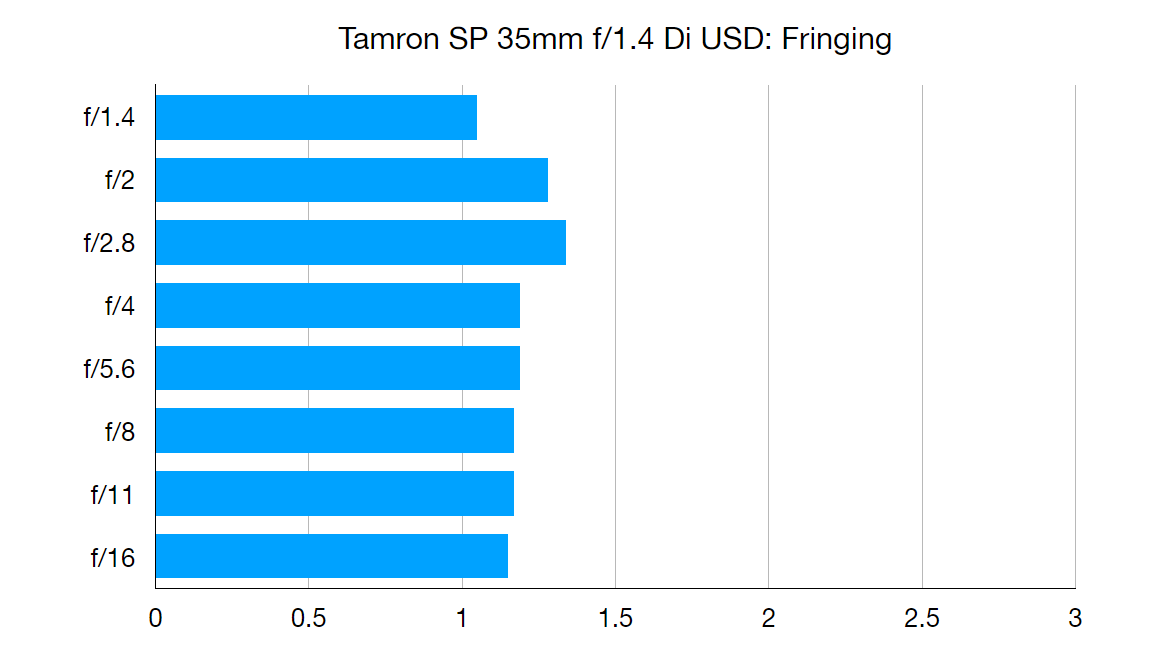
Levels of lateral chromatic aberration are very minimal even in the extreme corners, throughout the aperture range.
Distortion: -1.2
There’s only very minor barrel distortion, which is also very uniform in nature and easy to correct.
Tamron SP 35mm f/1.4 Di USD: Verdict

Canon’s EF 35mm f/1.4L II USM is a peach of a lens but is very pricey at £1,629/$1,799, while Nikon’s AF-S 35mm f/1.4 G costs almost as much. This Tamron lens sells for less than two-thirds of the price, yet more than matches the own-brand camera manufacturers’ offerings in terms of handling, image quality and all-round performance. It’s a little more expensive than the competing Sigma 35mm f/1.4 DG HSM Art lens, which is also a star performer, but the Tamron’s bokeh is a little smoother.
Read more
Best wide-angle lenses for Nikon cameras in 2019: for DSLRS and Nikon Z
Best wide-angle lenses for Canon in 2019: which one should you buy?
Best Nikon lenses in 2019: from telephotos to ultra-wide lenses and more
Matthew Richards is a photographer and journalist who has spent years using and reviewing all manner of photo gear. He is Digital Camera World's principal lens reviewer – and has tested more primes and zooms than most people have had hot dinners!
His expertise with equipment doesn’t end there, though. He is also an encyclopedia when it comes to all manner of cameras, camera holsters and bags, flashguns, tripods and heads, printers, papers and inks, and just about anything imaging-related.
In an earlier life he was a broadcast engineer at the BBC, as well as a former editor of PC Guide.
